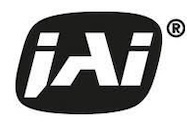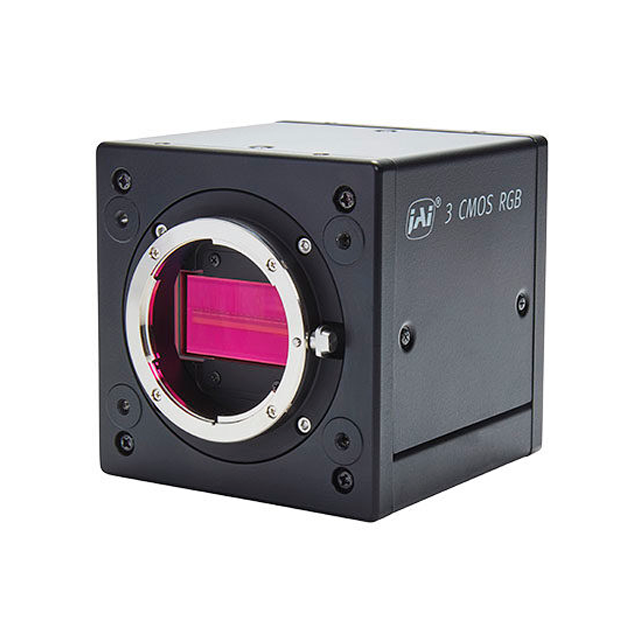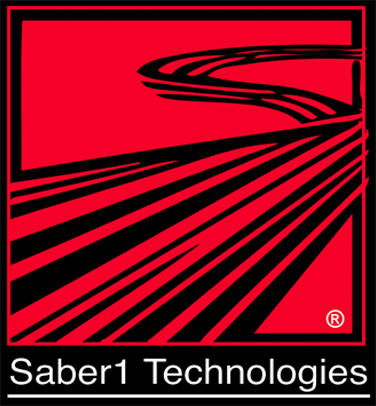JAI Sweep+ SW-8000Q-SFP
Highlights
The JAI Sweep+ SW-8000Q-SFP is a 4-CMOS prism-based industrial RGB/NIR multispectral line scan camera with four separate sensors for simultaneously capturing red, green, blue, and near-infrared spectral wavebands. Besides delivering supreme RGB color data, the NIR image makes it possible to identify an even wider set of defects on inspected objects. The camera has 8,192 pixels per line and a 36 kHz line rate. Included is an advanced set of features providing the best possible performance and precision for web-based or continuous color/NIR imaging applications. The camera runs on a 10 Gigabit Ethernet network configuration and features the enhanced Small Form-factor Pluggable optical interface (SFP+).
Features
- Prism Quality with SFP+ interface and 10 Gigabit Ethernet:
The SW-8000Q-SFP combines the color accuracy of 4-CMOS prism technology with an optical SFP+ interface and 10 Gigabit Ethernet configuration providing 8K RGB + NIR output at up to 36 kHz. - The Best R-G-B-NIR Images from Any Angle: Prism technology makes it possible to view the red, green, blue, and NIR channels through a single optical plane. This method eliminates off-angle viewing problems, spatial compensation issues, 3D cylindrical offsets, and other problems that can affect image quality with quad linear cameras.
- SFP+ Interface with Low Latency and No Data Loss: Operating with an SFP+ interface and optical cabling makes it possible to transmit large data packages over 10 km long cables with extremely low latency (low data transmission delay), low noise, and no data loss, as optical fiber lines are immune to disturbance from electromagnetic interference.
Applications
As noted at the start of this letter, the new JAI Sweep+ SW-8000QSFP & SW-8000Q-10GE leverage the precise alignment of their 4 sensors to a common optical path. This gives them a particular advantage over quad linear cameras in applications where the speed or position of objects is constantly varying. Examples include objects that roll or wobble on conveyor belts, free-falling objects, and even vibrations or undulations in web-based rolls. Random variations such as these are difficult or impossible for the spatial compensation algorithms in quad linear cameras to adjust for, leading to color fringes or “halos” due to parallax (optical plane) or keystone (angular magnification) issues. For these reasons, the best target applications for the new 8K prism cameras are:
- Belt/bulk (not lane) sorting and inspection of fruits, vegetables, or other loose items.
- Free-fall inspection of grains, nuts, or other similar items.
- Recycling applications using belts to sort various loose items.
- Textile, steel, paper, or foil inspection where vibrations or undulations on the web are common.
- Any other continuous motion applications where multispectral imaging could be useful and where there are frequent variations in the speed or position of items. These might include PCB inspection, pharmaceutical inspection, and others.
Product Specifications






